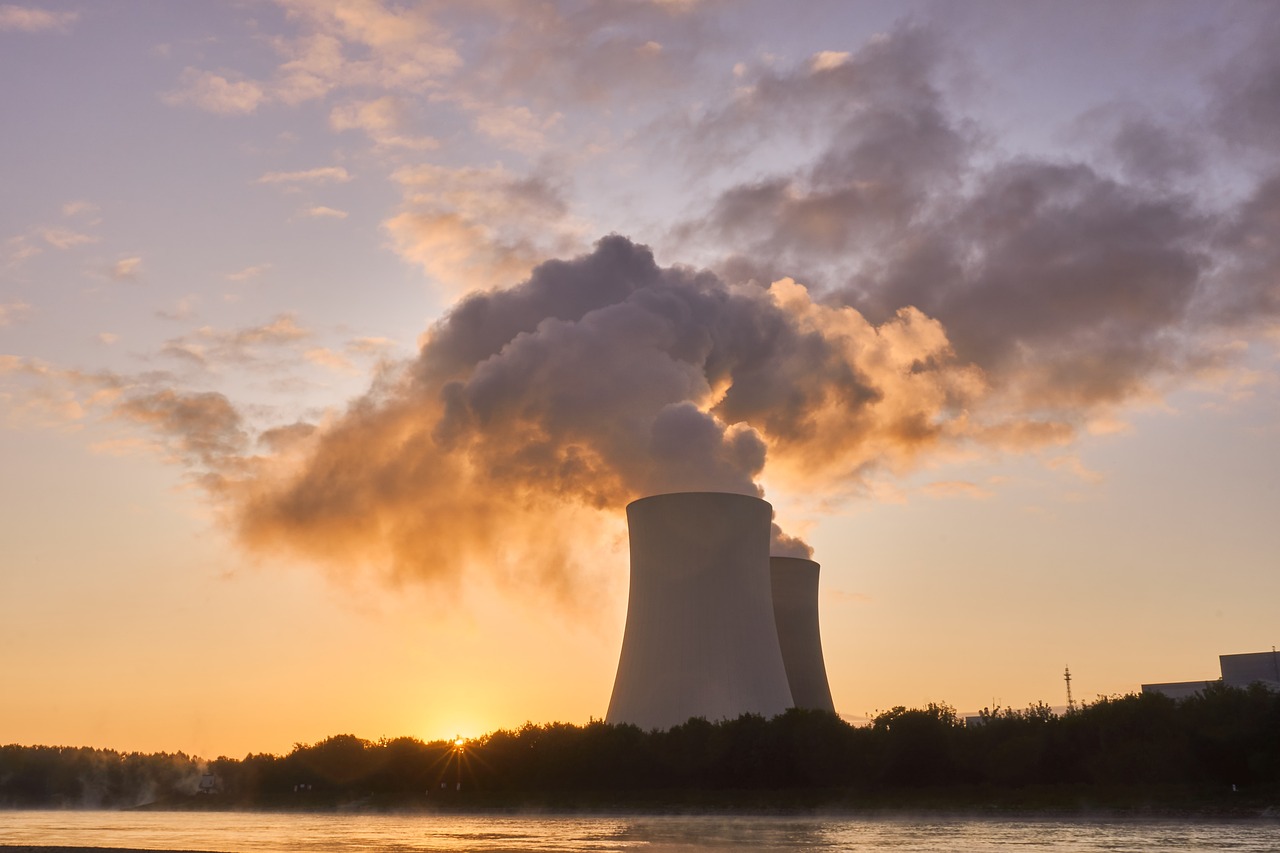
Central and Eastern Europe (CEE) is at a crossroads in its pursuit of a sustainable and secure energy future. With growing energy demands, the region is exploring various options, and nuclear energy has emerged as a key contender. As countries in the CEE region consider expanding their nuclear energy capacities or constructing new nuclear power plants, a thorough assessment of the opportunities and risks becomes essential.
Nuclear Energy Opportunities in CEE:
Several CEE countries have embraced nuclear energy as a means to enhance energy security, diversify their energy mix, and reduce carbon emissions. Hungary, for instance, is set to expand its Paks Nuclear Power Plant with the construction of two new reactors, supported by Russia’s Rosatom. This expansion project aims to increase Hungary’s nuclear energy capacity and strengthen its energy security.
In Czechia, the Dukovany and Temelín Nuclear Power Plants have been long-standing contributors to the country’s electricity generation. Czechia has expressed interest in further expanding its nuclear capacity to ensure a stable and low-carbon energy supply.
Slovakia operates four nuclear reactors at two sites: Jaslovské Bohunice and Mochovce, playing a significant role in the country’s electricity generation. Slovakia has undertaken the construction of new reactors at the Mochovce Nuclear Power Plant to enhance its nuclear energy capacity.
Romania operates the Cernavodă Nuclear Power Plant with two operational reactors and has considered constructing two additional reactors to maintain nuclear energy’s importance in its energy mix.
Nuclear energy’s role in Bulgaria has been significant, with the Kozloduy Nuclear Power Plant operating multiple reactors. The country has explored the possibility of constructing new reactors to maintain nuclear energy’s position in its energy mix.
Risks and Challenges in Embracing Nuclear Energy:
While nuclear energy presents opportunities, it also comes with several risks and challenges that require careful consideration. High capital costs are a primary concern, as nuclear power plant construction and commissioning involve significant investments. Cost overruns and delays can burden governments and investors, making financing a major challenge.
Ensuring nuclear safety and security is paramount. Historical nuclear accidents, such as Chernobyl and Fukushima, serve as stark reminders of the potential catastrophic consequences of nuclear incidents. Strict adherence to safety protocols and robust regulatory oversight are crucial to mitigate risks.
Effective management and disposal of radioactive waste is another pressing challenge. Developing and implementing safe long-term strategies for waste storage requires careful planning and can be politically and socially contentious.
Public perception and opposition also pose risks to nuclear energy expansion in the region. Concerns about nuclear safety, environmental impacts, and the potential for nuclear proliferation may lead to resistance and delays in nuclear projects.
Nuclear projects often involve collaboration with foreign partners for technology transfer, fuel supply, and expertise. While such cooperation can be beneficial, it may also create dependencies with potential geopolitical implications, necessitating careful safeguarding of national interests.
Furthermore, the dynamic energy landscape presents uncertainty. Advances in renewable energy technologies and changing market dynamics can impact the economic viability and competitiveness of nuclear energy projects.
Conclusion:
The future of nuclear energy in Central and Eastern Europe presents a delicate balance of opportunities and risks. As the region seeks to address energy security, climate change mitigation, and economic development, nuclear power offers a viable option. However, the challenges related to high capital costs, nuclear safety, radioactive waste management, public perception, and geopolitical considerations require careful planning and robust regulatory frameworks.
CEE countries must weigh the benefits and risks of nuclear energy while aligning their energy strategies with their long-term sustainability goals. Careful evaluation, stakeholder engagement, and transparency in decision-making processes will be crucial in shaping the region’s energy landscape and ensuring a sustainable, secure, and diversified energy future for Central and Eastern Europe.






